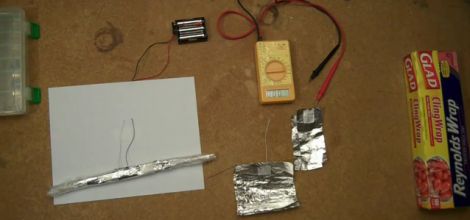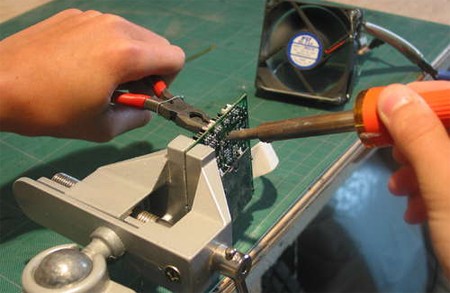Last week, we heard of an interesting Kickstarter that puts a capacitor and charging circuit in the same space as a AA battery. This is usually a very simple endeavour, but this capacitor has the same energy density as an alkaline cell. The chemistry inside this capacitor was initially attributed to lithium ion, and a few people in the comments section were wondering how this was possible. The math just didn’t seem to add up.
The guy behind this Kickstarter, [Shawn West], recently spilled the beans on these… interesting capacitors. Apparently, they’re not lithium ion capacitors at all, but graphene capacitors. Graphene capacitors you can buy. On Kickstarter. Graphene capacitors, also known as the thing that will change everything from smartphones to electric vehicles, and everything in between. I will admit I am skeptical of this Kickstarter.
Apparently, these graphene supercaps are in part designed and manufactured by [Shawn] himself. He fabricates the graphene by putting graphite powder in a ball mill for a day, adding a bit of water and surfactant, then running the ball mill for another few days. The graphene then floats to the top where it is skimmed off and applied to a nonconductive film.
There’s absolutely nothing that flies in the face of the laws of physics when it comes to graphene capacitors – we’ve seen a few researchers at UCLA figure out how to make a graphene supercap. The general consensus when it comes to graphene supercaps is something along the lines of, ‘yeah, it’ll be awesome, in 10 years or so.’ I don’t think anyone thought the first graphene capacitors would be available through Kickstarter, though.
I’m a little torn on this one. On one hand, graphene supercaps, now. On the other hand, graphene supercaps on Kickstarter. I’m not calling this a scam, but if [Shawn]’s caps are legit, you would think huge companies and governments would be breaking down his door to sign licensing agreements.
Post your thoughts below.
















